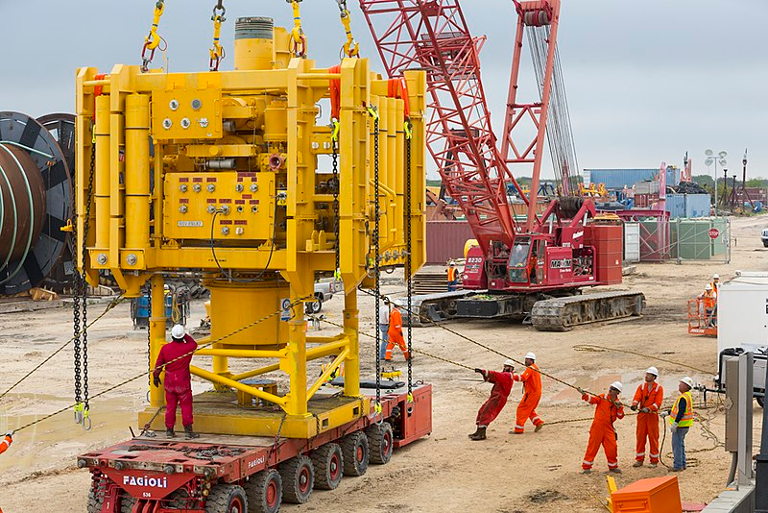When oil and gas wells end their useful life, one of two things happens: 1) They are plugged and capped to prevent further flows or 2) they are simply abandoned.
When they fall into the second category, they are called “orphaned” wells and they become the responsibility of the government to secure. But that’s if the government actually knows about them. Records of well placements are not always so carefully maintained and can get lost during bankruptcies and changes in ownership or due to sheer carelessness. As a result, there appear to be far more abandoned wells than the orphaned ones that governments know about.
Since I last wrote about this problem in 2012, there has been a huge wave of drilling in Texas, North Dakota, New Mexico and Colorado as the so-called shale revolution unleashed billions of barrels of previously inaccessible oil and trillions of cubic feet of natural gas on the world. Now that drillers in the shale fields have fallen on hard times, many wells are idle and at risk of being abandoned.
Companies are required to post bonds to pay for the plugging and capping of wells by the state if the companies fail to plug and cap them. However, these bonds are entirely inadequate. According to Grist, in Texas the bonds covered just 16 percent of the costs incurred by the state in 2015. In New Mexico the number was 18 percent.
The pattern here is a familiar one. The profits of oil and gas production get privatized and the costs—in this case, environmental and health costs—get socialized, that is, members of the public get saddled with the costs either through clean-up or damage to health and property.
The environmental costs include damage to soil, air and water. But perhaps the most enduring damage is to aquifers as briny water from brackish aquifers, chemicals used in well operations, and hydrocarbons migrate upward to poison drinkable groundwater wherever well casings are cracked and leaking. This is something that proper plugging can prevent. Such pollution of aquifers can render groundwater unfit for human or animal consumption for any time frame relevant to human societies.
And there is the leakage of methane, a potent greenhouse gas, from abandoned gas wells and wells that produced both oil and what is called associated gas.
There have been millions of oil and gas wells drilled in the United States since the beginning of the oil age and millions more drilled throughout the world. The carelessness of those who drilled and prospered by them is now turning into an ugly and persistent legacy of the industrial age.
Photo: BSEE oversees exercise of Helix capping stack in the Gulf of Mexico (2003). BSEE = Bureau of Safety and Environmental Enforcement. Via Wikimedia Commons https://commons.wikimedia.org/wiki/File:BSEE_oversees_exercise_of_Helix_capping_stack_in_the_Gulf_of_Mexic_(15850581189).jpg






